Milwaukee 48-59-2001 Manual
Læs gratis den danske manual til Milwaukee 48-59-2001 (16 sider) i kategorien Batterioplader. Denne vejledning er vurderet som hjælpsom af 24 personer og har en gennemsnitlig bedømmelse på 4.9 stjerner ud af 12.5 anmeldelser.
Har du et spørgsmål om Milwaukee 48-59-2001, eller vil du spørge andre brugere om produktet?

Produkt Specifikationer
| Mærke: | Milwaukee |
| Kategori: | Batterioplader |
| Model: | 48-59-2001 |
Har du brug for hjælp?
Hvis du har brug for hjælp til Milwaukee 48-59-2001 stil et spørgsmål nedenfor, og andre brugere vil svare dig
Batterioplader Milwaukee Manualer
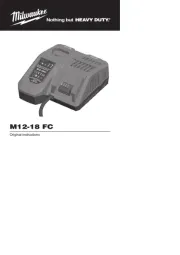
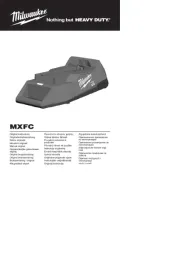
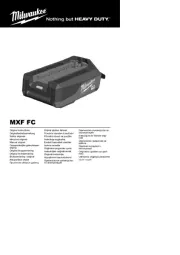
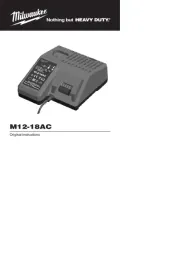
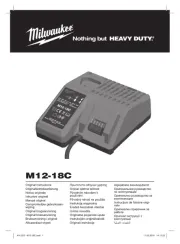





Batterioplader Manualer
- Evolveo
- FoneStar
- Steren
- Schumacher
- Schwaiger
- Snooper
- NEP
- Monster
- Tycon Systems
- Husqvarna
- Festool
- Fluke
- Shure
- Growatt
- Aldi
Nyeste Batterioplader Manualer









